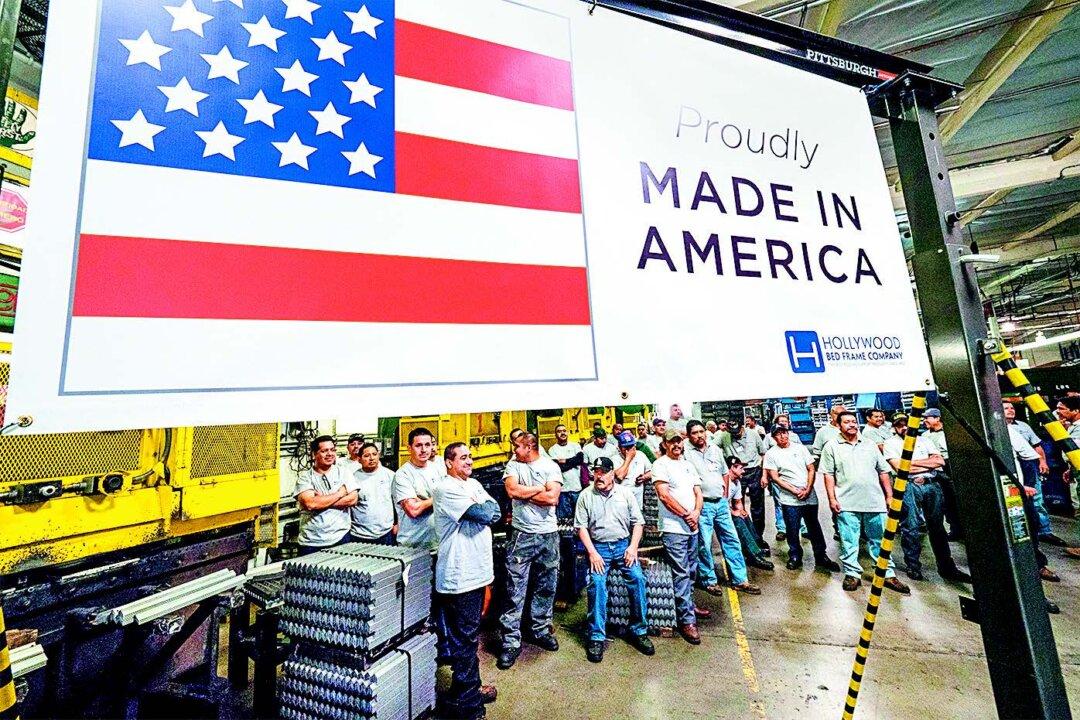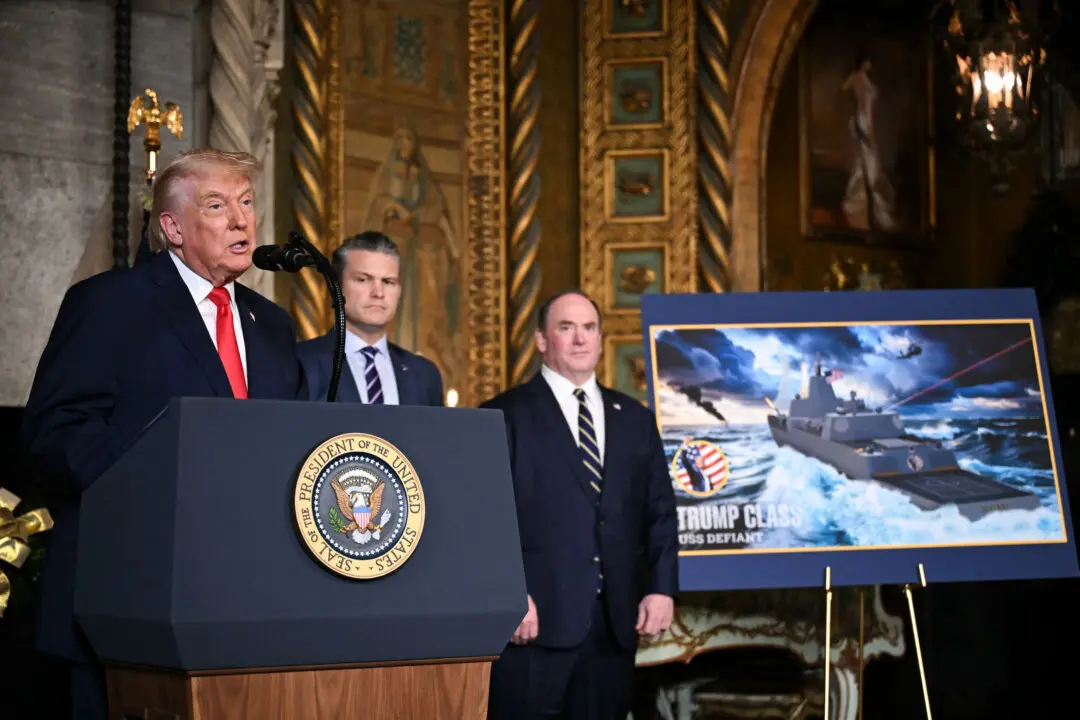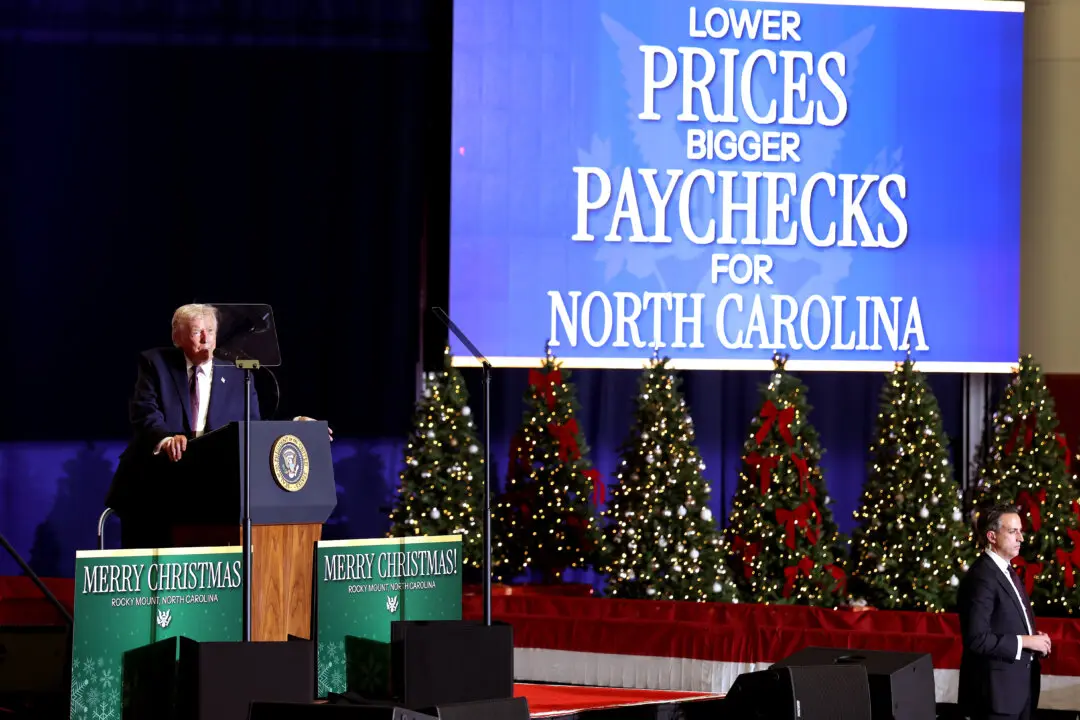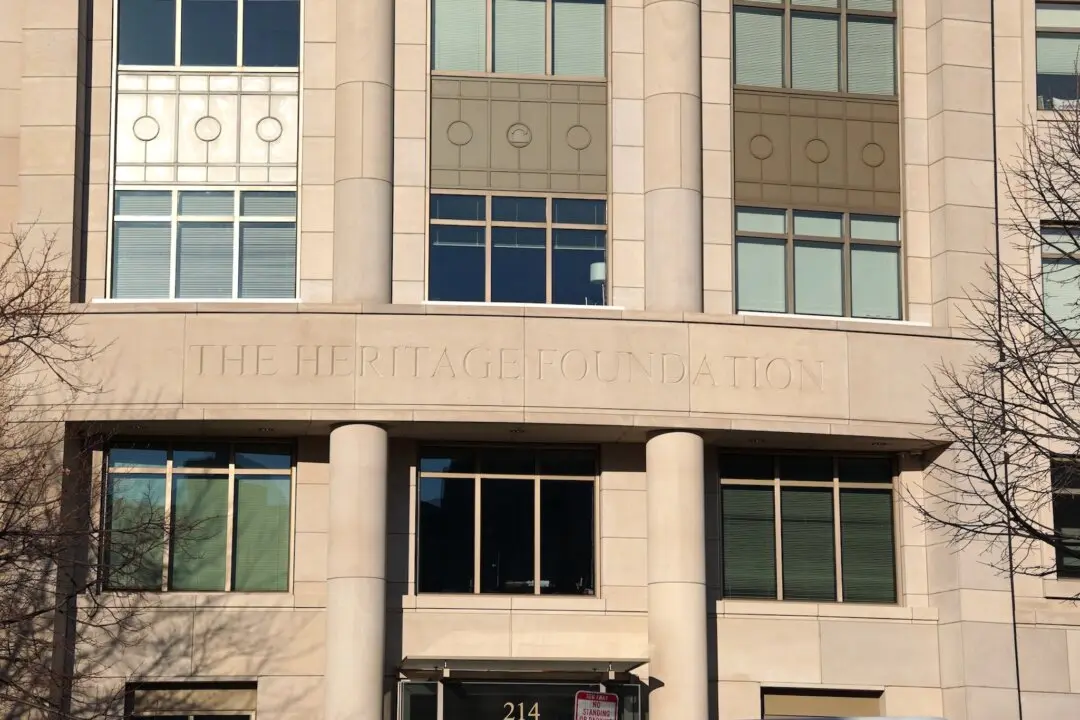For decades, many U.S. companies moved their manufacturing operations to low-cost countries. As a result, the trade deficit ballooned and millions of American manufacturing jobs were lost. The nation gave up its leadership and competitive advantage in many sectors.
“We’re going to restore America’s competitive edge by passing tax cuts and reform that makes America the best place in the world to hire, invest, and to grow,” said President Donald Trump in Bismarck, North Dakota, on Sept. 6.





